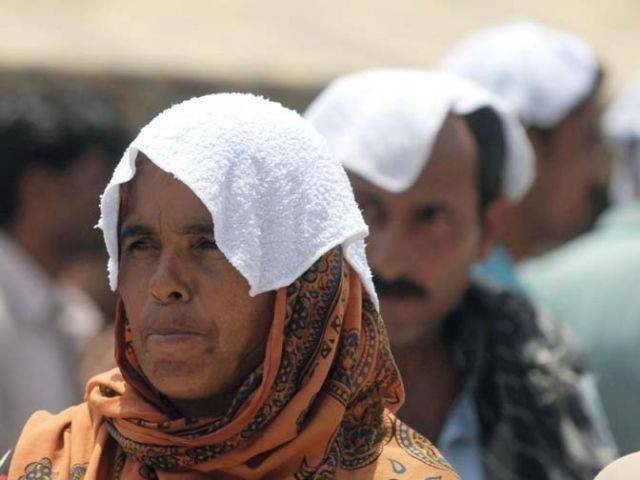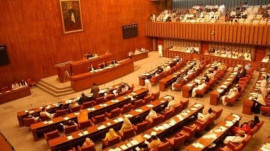
A report titled, ‘Climate Change Profile of Pakistan’ prepared by an international climate technology expert Qamar uz Zaman Chaudhary, and issued by the Asian Development Bank (ABD) reveals these horrific facts regarding the impact of climate change on Pakistan.
The report – available with The Express Tribune – predicts that apart from this rise in temperature in Pakistan a higher global emission may result in a rise of 4 degree centigrade to 6 degree centigrade.
“In the last 50 years, the annual mean temperature in Pakistan has increased by roughly 0.5 degree centigrade.
Wetlands day marked by ignoring dirty Rawal Lake
Meanwhile the number of heat wave days per year has increased nearly five folds in the last 30 years. …. Sea level along the Karachi coast has risen to approximately 10cm in the last century,” it says.
The experts believe that under future climate change scenario, Pakistan is expected to experience increased variability of river flows due to increased variability of perception and the melting glaciers.
Sea level is expected to rise by a further 60cm by the end of the century and will most likely affect low-lying coastal areas south of Karachi towards Keti Bander and the Indus River Delta.
“Demand for irrigation water may rise due to higher evaporation rates. Yields of wheat and basmati rice are expected to decline and may drive production northward, subject to water availability.
“Water availability for hydropower generation may decline…hotter temperatures are likely to increase energy demand due to increased air conditioning requirements…warmer air and water temperatures may decrease the efficiency of nuclear and thermal power plant generation…” it claims.
It says the average annual rainfall is not expected to have a significant long term trend, but is expected to exhibit large inter-annual variability.
Winter ‘to end soon’ with little chances of rains
“Urban drainage systems may be further stressed by rainfall and flashflood, sea level rise and storm surges may adversely affect coastal infrastructure and livelihood,” it warns. The report calls for concentrated efforts by the government and civil society at all levels to mitigate these threats.
Under the UN Framework Convention on Climate Change, Pakistan intends to reduce up to 20% of its 2030 projected greenhouse emissions, subject to availability of international grants to meet the cumulative abatement costs amounting to approximately $40 billion.


















COMMENTS
Comments are moderated and generally will be posted if they are on-topic and not abusive.
For more information, please see our Comments FAQ